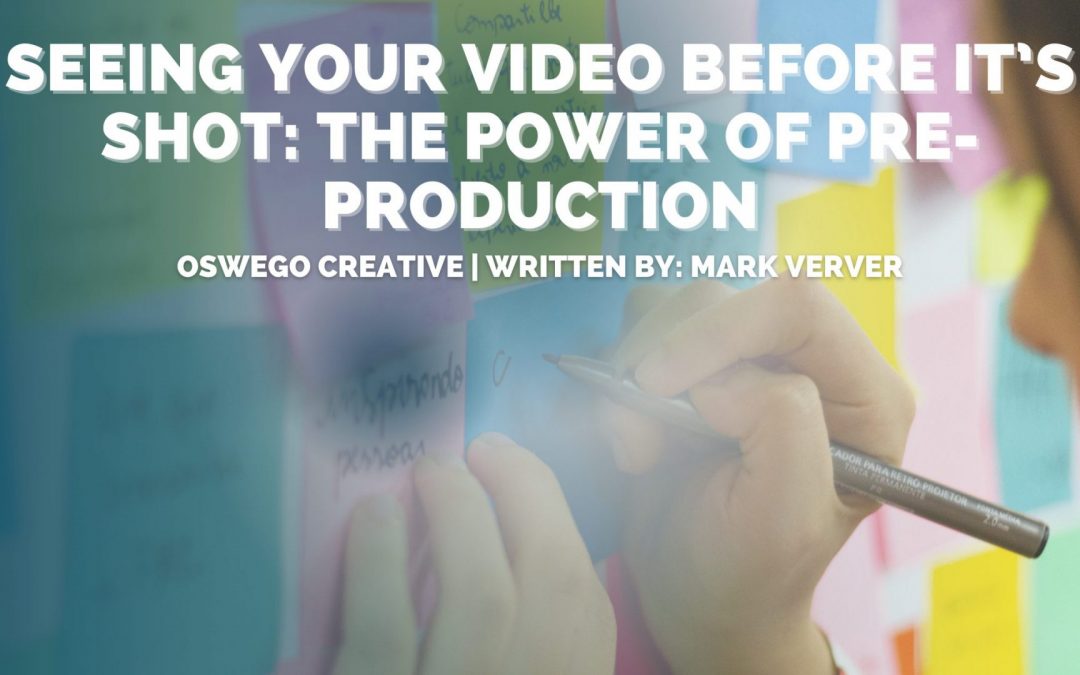As filmmakers, we work in a visual medium. That is a huge blessing for me since I believe my storytelling eye is a lot stronger than my math skills. That being said, it can sometimes be very difficult to turn a complex idea into a visual story. This is especially true since every project has between six and 20 creative minds weighing in on the process. Lucky for us, filmmaking has been around for over a hundred years, and we have developed a fairly comprehensive set of tools we can use to pre-visualize what our story will look like way before we ever show up somewhere to start filming. Utilizing mood boards, storyboards, and shot lists we can help bring the visual story to life.
Mood boards:
Typically a mood board is used to help everyone involved in the production process get on the same page about what the visuals will look like and feel like. Affective storyboards will be a compilation of photographs and/or sketches that help tell the story. Mood boards can be used on a very high-level tell the big picture but can also be used to get down to the nitty-gritty of costume design and what characters look should be. Here is a mood board we created for a startup company that makes personal mini-kegs for craft beer. They were a pair of brothers from the country and we wanted to convey a romantic country aesthetic with the footage.

Storyboards:
Where a mood board can help visualize a general look and feel for a piece, storyboards are a great tool for visualizing specific shots within a piece. An effective storyboard can end up looking remarkably like the finished shot. Here is an example of a storyboard side by side with stills from the finished video shot by our producer Mark Verver.

Shotlists:
Moodboards and storyboards are useful tools but they pale in comparison to the figurative visual “bible” that is the shotlist. A shot list communicates to the producer/director and the director of photography every single shot that needs to be filmed in order to complete that video project. To an outside observer, a shot list can look an awful lot like gibberish, but within the production team, the shotlist is invaluable.

Something that has always stuck with me from one of my mentors is that the battle of good storytelling is won or lost during the pre-production process. Just as most great athletes attribute their success to the time they spent training, as a filmmaker, If you make a great plan beforehand then all you have to do is go out and execute.

